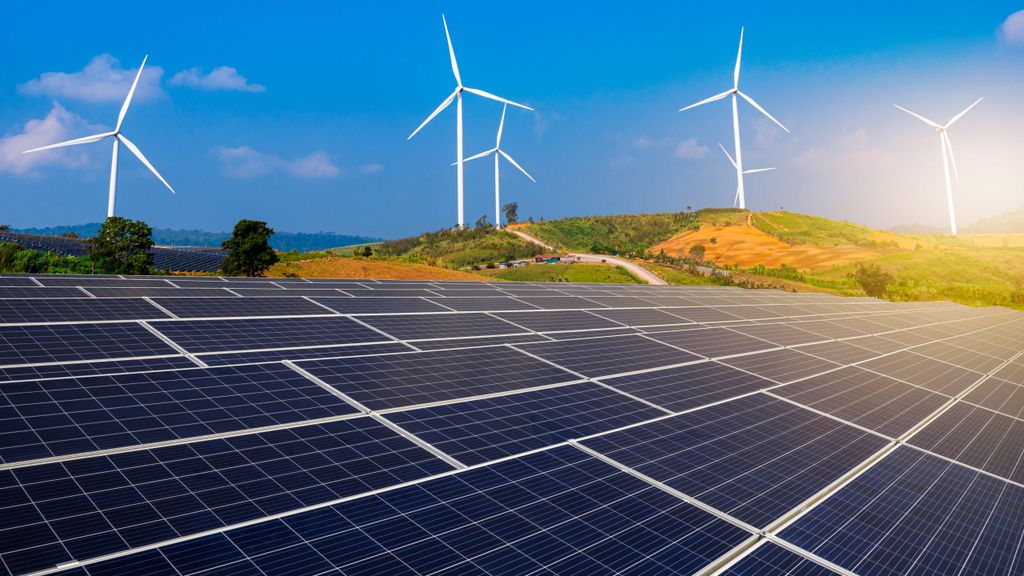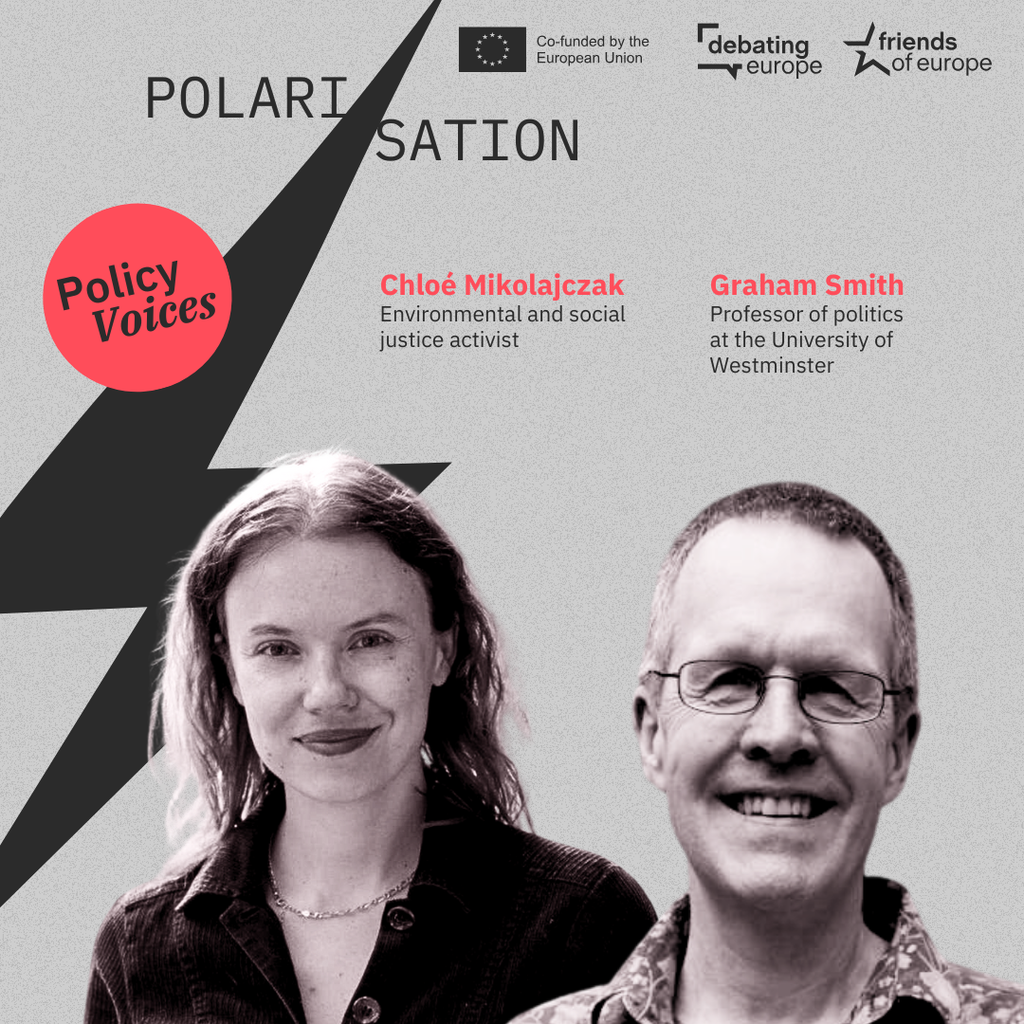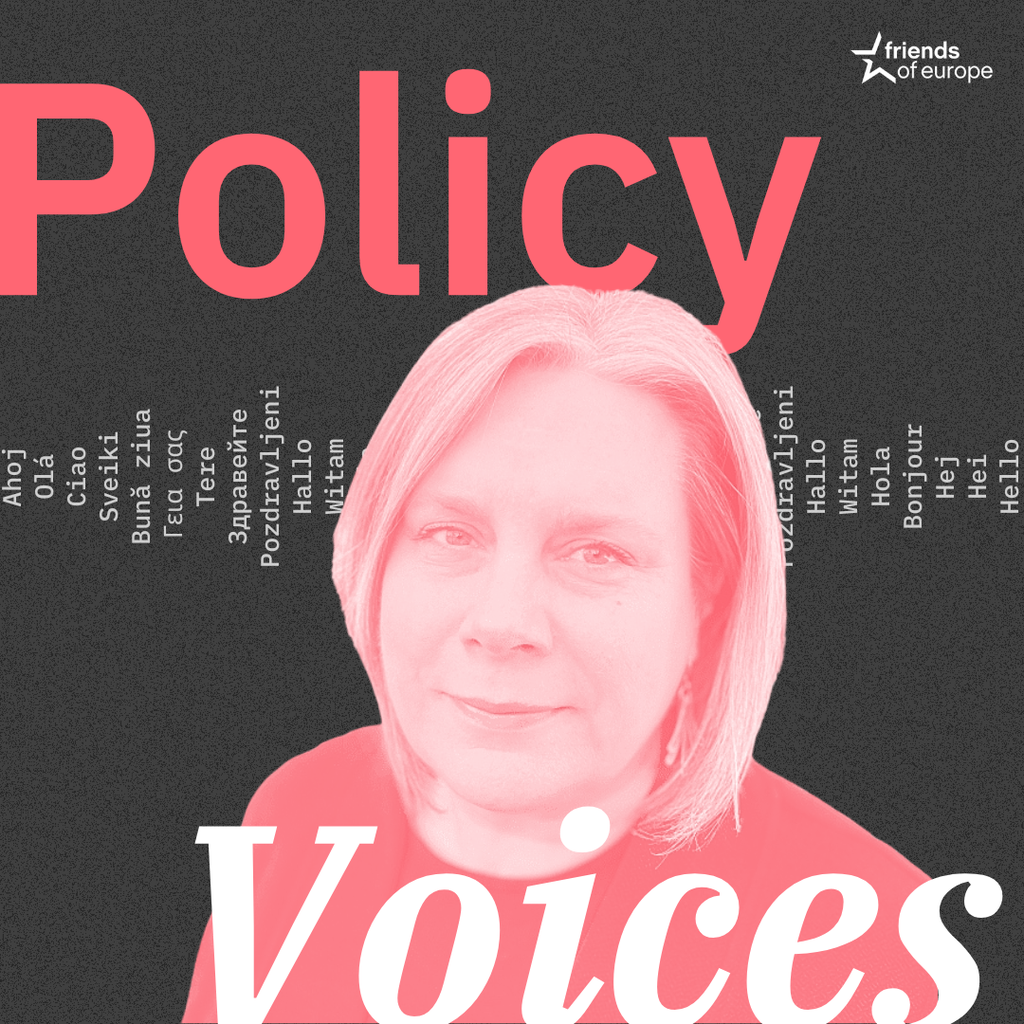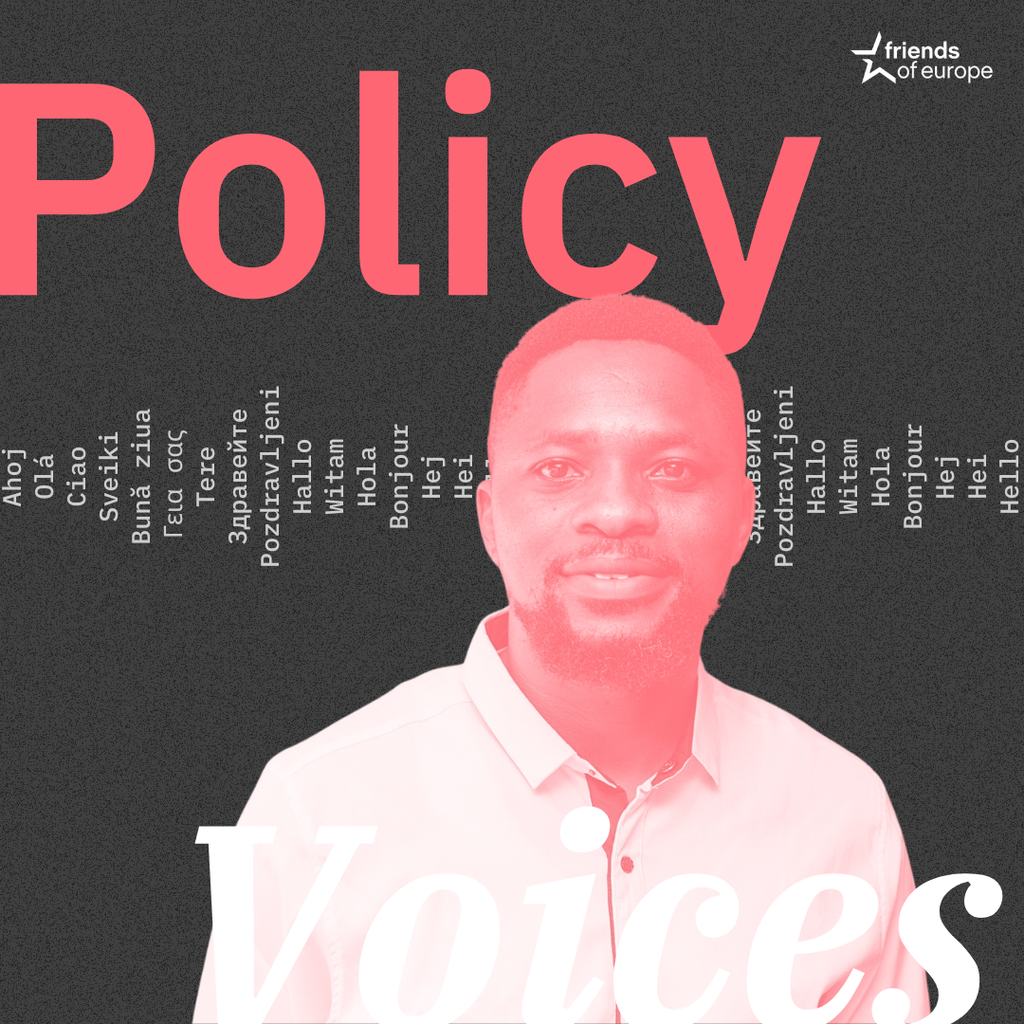Climate and Energy Summit 2025
Next event In person & livestreamed

- Area of Expertise
- Climate, Energy & Natural Resources

Head of EU Strategy at Electricité de France (EDF)
Michel Matheu is Head of EU Strategy and Stakeholder Relations at EDF
Two years ago the European Commission published its Communication on the Energy Union, marking a new approach to the European energy sector.
It was based on an accurate diagnosis of the challenges facing the sector: a high dependency on fossil fuel imports; ageing infrastructure; a major crisis in markets that delivered high retail prices but low wholesale prices, thereby discouraging investment in carbon-free power generation.
The Communication also identified the winning strategy for Europe. Decarbonise the economy to reconcile sustainable development, security of supply and competitiveness. It announced consistent policies and measures regarding the five dimensions of energy and climate policy: security of supply, market integration, energy efficiency, decarbonisation and research and development.
EDF Group, as a leader in low-carbon electricity generation and in R&D, welcomed this initiative and its ambitions for innovative low-carbon growth.
The Communication logically suggested that some sort of governance should be implemented to ensure that national policies would lead to compliance with the European objectives. With the ‘Clean Energy for all Europeans’ package, we now know how this governance could be organised.
But does the proposal accurately address the main issues facing the European Union? As is often the case, the glass is half-full and half-empty.
We can be confident that the target of 27% of renewable energy sources will be met
We need an institutionalised dialogue between member states and the European Union, and more transparency regarding national energy policies. To some extent, the Communication achieved this, launching a process of continuous discussion and triggering visits by Maroš Šefčovič, the Commission’s Vice-President for the Energy Union, to the European capitals to discuss the role of member states in the Energy Union.
The future national plans will ensure wider long-term visibility for member states’ projects. If such a dialogue had occurred earlier, we might have developed renewable sources of electricity more efficiently. And we might have prevented stop-and-go policies that induced serious shocks on the renewables sector and tensions that resulted from the impact of variable energy on power trade.
Furthermore, greater consistency has been introduced in energy and climate policy since the Energy Union was created. Before, many initiatives were developed separately and the impact of new draft legislation on existing texts or on legislation in progress was not always taken into account. The Clean Energy Package aims at consistency by launching simultaneously interlinked pieces of legislation based on a common approach. This is a positive move.
But there are downsides. The glass is half-empty in the sense that one very important element of energy and climate policy is not part of the package: the Emissions Trading Scheme (ETS) Directive.
The ETS Directive was launched before the Communication was released and it will be adopted before the political discussions on several elements of the package are complete. This is extremely concerning since the package’s provisions regarding renewable energy sources and energy efficiency have a major impact on the carbon market. The higher the ambition and the less flexible the governance, the higher the risk of depressed carbon prices – and possibly even a breakdown of the ETS, Europe’s main tool for cost-effective decarbonisation.
This is why the governance aspect of the package must be further enhanced. Some of the key performance indicators should measure the efficiency of energy and climate policies. It is also necessary to identify where policies may overlap and interfere with each other, to prevent any negative consequences.
It is possible, for instance, to neutralise the impact of increased energy efficiency on carbon markets. Some amendments are currently being prepared to this end, and they merit serious discussion.
We need an institutionalised dialogue between member states and the European Union
It is also possible to allow for enough flexibility to be able to cope with a potential crisis. The 2008 recession proved that the carbon market was not robust enough to adapt to a shock if the rest of the energy climate framework remained rigid. The ETS is under particular threat in the next five or ten years and we must introduce enough flexibility, in particular by avoiding rigid trajectories, to protect it.
We can be confident that the target of 27% of renewable energy sources will be met; most member states are sufficiently ambitious. Should any doubt arise, the mid-2020s will be the right moment to decide how to deal with any difficulties. Let us not waste time anticipating problems that may not occur.
One more point is worth mentioning: the new target to ensure that every member state reaches an interconnection capacity with networks in other countries that is equivalent to 15% of its installed capacity. This target does not fully take into account that energy policies must necessarily be cost-effective. In this particular case decentralisation is preferable to governance: Europe is better off having interconnectors with a positive cost-benefit ratio rather than sticking to precise targets.
The proposed Governance Regulation appears at first sight more political than other elements of the package. In a sense this is true: we are about to define the respective roles of the member states and the Union and the organisation of their dialogue.
But governance is also about meeting targets at optimum cost and contributing to an efficient functioning of markets. Governance is an essential element of a cost-effective European energy and climate policy, and decision-makers must keep this in mind.
Next event In person & livestreamed

Past event In person & livestreamed

Past event In person & livestreamed

Past event In person & Livestreamed





Stay informed
We use cookies and similar technologies to adjust your preferences, analyze traffic and measure the effectiveness of our campaigns. Learn more about our privacy policy.